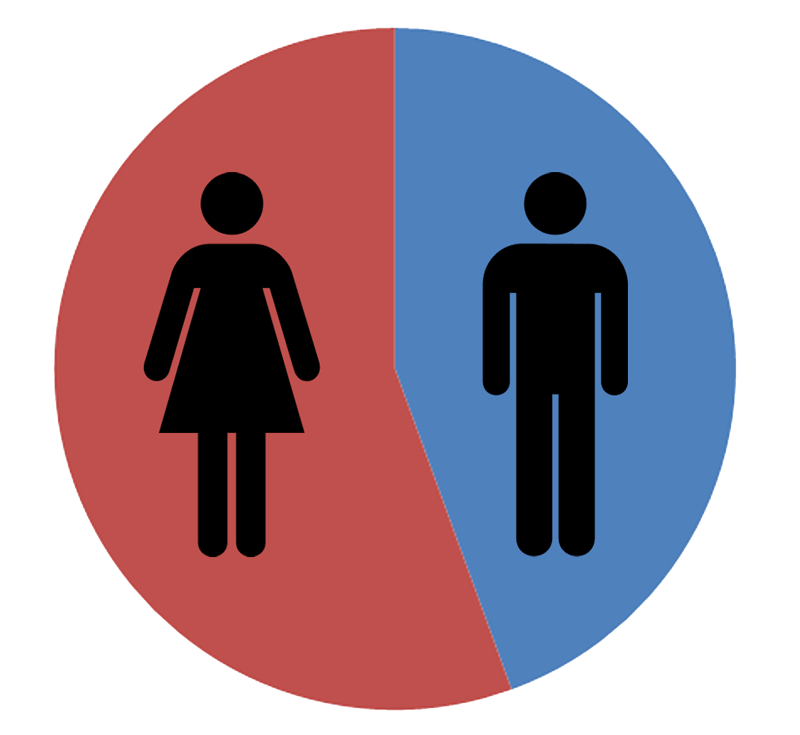1. Handshake: Russians never shake hands in a doorway because they believe it will lead to disagreements or arguments
2. 12 days late: In 1908, the Olympic team from Russia arrived 12 days late to the Olympics because they were not yet using the Gregorian calendar (they were using the Julian calendar)
3. Russia vs. Pluto: Russia is larger than the planet Pluto. Russia’s area is 17,075,200 km2, while Pluto’s is 16,647,940 km2. The area corresponds to approximately 3.3% of the Earth’s total surface area. Russia is also the world’s largest country
4. Gender ratio: In Russia, there are approximately 20 million more women than men, which is partly due to the fact that Russia has one of the highest sex ratio disparities in the world (0.86 men per woman). Other countries with significantly more women than men include: Northern Mariana Islands (0.76), Estonia (0.84), Latvia (0.86), Ukraine (0.86), Djibouti (0.86), Lithuania (0.89) and Armenia (0.89)
5. LGBT: Since 2013, it has been illegal to tell children in Russia that gay people exist. In addition, LGBT people in general face a number of social, political and cultural challenges in Russia

Fact: In Russia, there are around 20 million more women than men. The sex ratio is 0.86 – i.e. there are 0.86 men for every woman
6. Feodor Vassilyev: A Russian farmer named Feodor Vassilyev fathered 69 children with his first wife: 16 sets of twins, 7 sets of triplets and 4 sets of quadruplets between 1725 and 1765. He also had 18 children with his second wife: 6 sets of twins and 2 sets of triplets, making him the father of 87 children in total. Of these, 82 are said to have survived infancy. Whether the record is true or not is difficult to find out today, but it is included in the Guinness Book of Records
7. The world’s oldest plant: In 2012, a group of Russian scientists managed to grow seeds from a 32,000-year-old plant. As a result, the plant, Narrow-leaved Limwort (lat. Silene stenophylla), is now the world’s oldest regenerated plant. The seeds were found in a squirrel hole in Siberia and were preserved thanks to the squirrel hole’s padding with hay and fur and permafrost
8. Alcohol: Over 500,000 people die from alcohol-related causes every year in Russia
9. Domesticated foxes: Since 1959, Russian scientists have been experimenting with a special breeding program where they have managed to tame silver foxes in much the same way as dogs
10. 82 km from North America: Russia and North America are only 82 km apart at their closest points. Specifically, the Bering Strait; where Asia’s easternmost point (Cape Dezhnev, Russia) is 82 km from North America’s westernmost point (Cape Prince of Wales, Alaska)

Fact: The climate and weather vary greatly depending on where you are in Russia. This is of course due to the sheer size of the country, but also its geography


